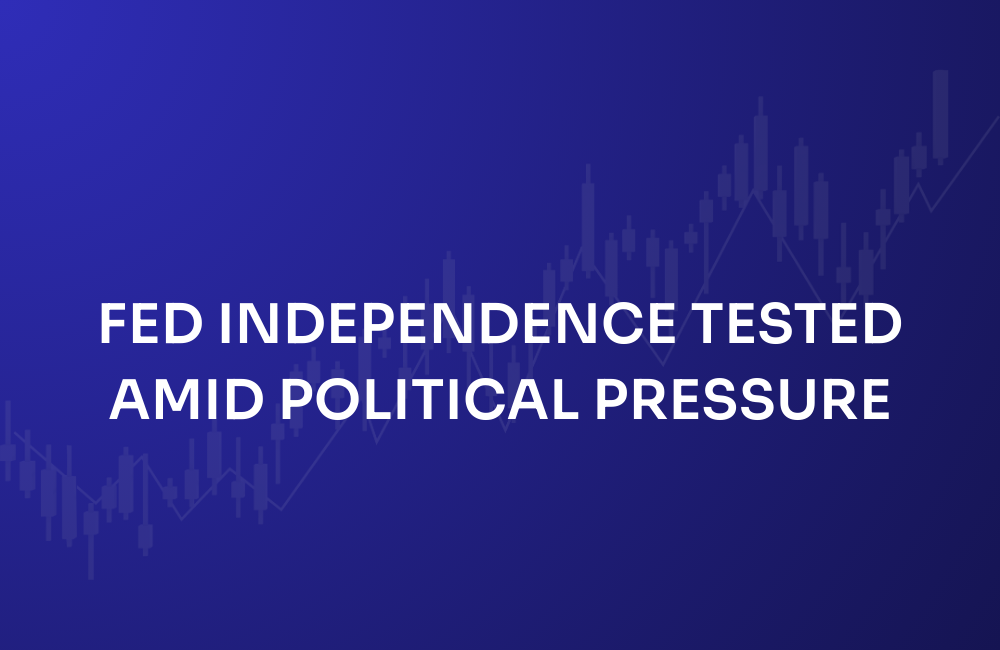
Subscribe to our free
💌 Stay ahead with AI and receive:
✅ Access our Free Community and join 400K+ professionals learning AI
✅ 35% Discount for ChatNode
.png)

I built my newsletter with two things:
My voice, and a repeatable system.
The system runs on AI.
The voice stays mine.
This piece breaks down the full workflow I use to turn raw experience into a finished edition that sounds like me, ships weekly, and never burns me out.
You can copy it. Adapt it. Hand it to a team member tomorrow.
It’s simple by design.
Each step earns its place.
Each prompt turns context into clarity.
By the end, you’ll have a living workspace that holds your research, best writing, and creative rules. You’ll draft faster without sounding generic. You’ll publish more without losing your edge.
Let’s build it.
Step 1: Feed AI Your Story
Everyone has an online footprint.
AI won’t find it unless you hand it the map.
Start with a Deep Research Report in ChatGPT.
Upload:
- Your LinkedIn profile (so it knows who you are)
- A short description of what information you want it to find
Then run this prompt:
“Conduct a deep research report on [Your Name], [Your Role]. I’ll attach their LinkedIn profile so you can ensure we’re finding information about the right person.”
Then paste this follow-up inside the same thread:
“All of the above. Plus, I’m after everything about them personally, so I can use this information to write newsletters for them…”
That prompt forces context. It builds a personal map — your background, achievements, goals, and values. This file becomes your anchor document.
Skip this step and AI writes like it’s guessing.
Add this step and it writes like it’s remembering.
If your Deep Research feels shallow, write it manually.
Answer the same questions in a one-page “YourName Story” doc.
Save it, reuse it, update it as you grow.
A one-page truth beats a thousand scraped lines.
Step 2: Reverse Engineer Your Greatest Hits
Your old newsletters are your creative DNA.
Export your top-performing editions as PDFs or text files.
Upload them to ChatGPT.
Then use this prompt:
“You are a precision writing analyst and tone architect.
Your task: dissect these samples to extract the author’s tone, rhythm, and emotional undercurrent - and rebuild them as a repeatable style guide.”
Ask it to follow this structure:
- Tone
- Structure
- Content feel
- Core principle
- Example lines
- Language style
- Voice signature
- Editing checklist
- Sentence rhythm
- Reader experience
AI spots your hidden consistencies:
How you open loops, where you break lines, how you keep people reading.
The output becomes your creative compass - a playbook for how “you” write.
Step 3: Create a ChatGPT Project
Now bring everything together.
Inside ChatGPT, open a new Project.
Upload three things:
- The Deep Research report
- The style guide from Step 2
- Your best past newsletters
This is your creative command centre.
It holds your archives.
It remembers your voice.
It gives every new idea the same DNA.
You’ve just centralised your creative process.
Step 4: Run the Prompt
Now, write.
Open a new chat inside that same Project.
Upload the post or idea you want to turn into a newsletter.
Example prompt:
“Write a newsletter on the attached PDF in the style of my previous editions.
Leverage storytelling and tie it back to my history and experience.”
If you’re starting from scratch:
“Write a new newsletter in my tone. Follow my structure. Maintain rhythm and pacing from the attached editions. Topic: [insert idea].”
Because the Project already knows your voice and story, the first draft lands close - around version 0.8 instead of 0.0.
That’s the time-saver.
You’re not teaching AI each time.
You’re collaborating with a version already trained on you.
Step 5: Add Context and Refine
Once the base draft lands, add new context - fresh ideas, data, lived experience.
Use ChatGPT’s inline tools (like Ask ChatGPT) to refine sections, not the entire piece.
This keeps quality high and edits focused.
I still rewrite about 20%.
But now, I start from momentum instead of a blank page.
That’s how I scaled from a few hundred subscribers to tens of thousands without burning out.
AI didn’t write for me.
It wrote with me.
The Lesson
AI can’t feel your story.
But it can help you tell it better.
- Feed it context.
- Train it on your best.
- Keep it learning as you grow.
The workflow stays the same.
The voice stays yours.
The result gets sharper.
Stay curious, stay human, and keep creating.
— Charlie
About
Linked Agency is the LinkedIn growth partner for brands and founders who want more than just likes - they want impact.

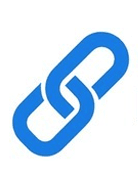
Recommended
.png)


.svg)




.svg)

.png)




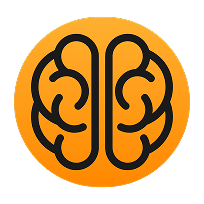





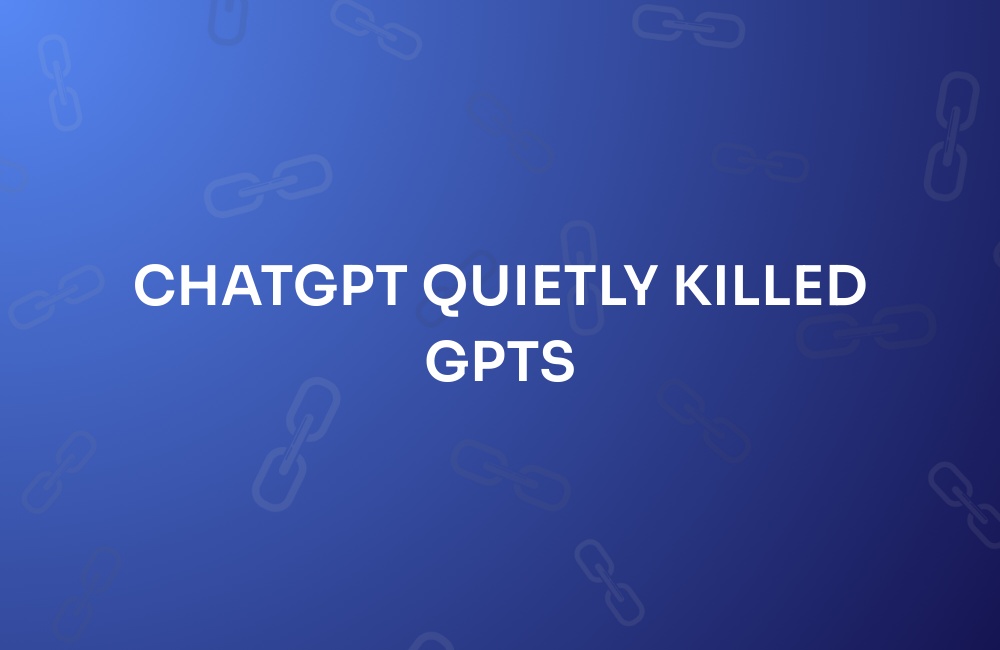
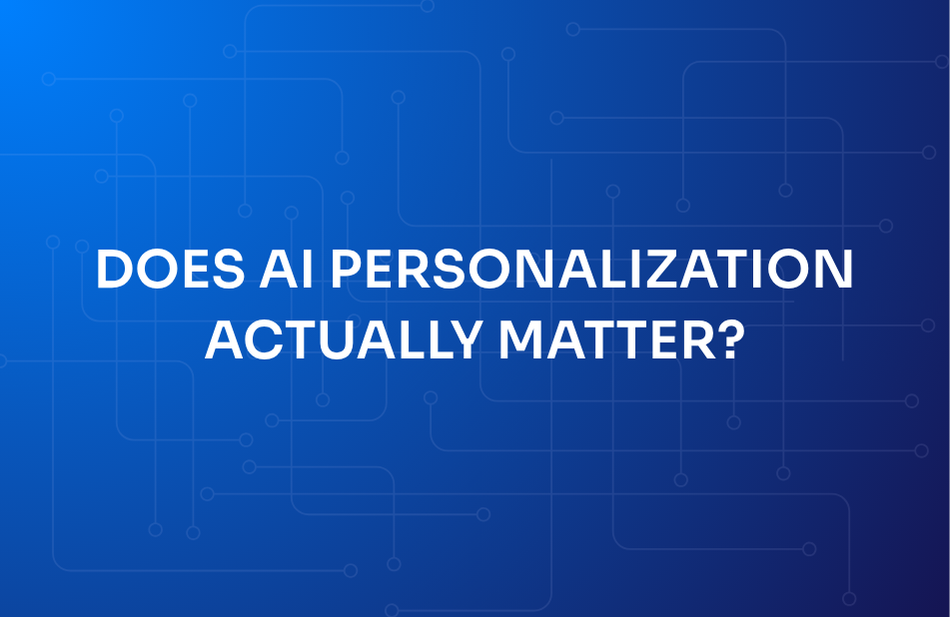



.png)
.png)
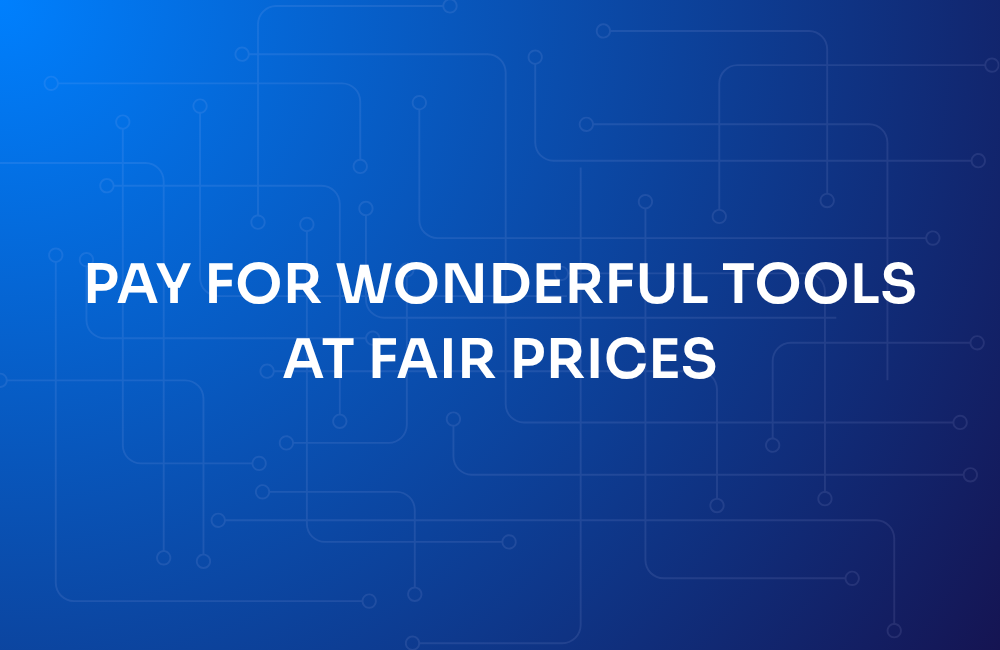
.png)
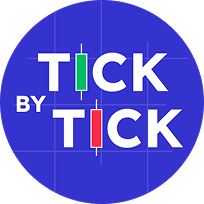

.png)
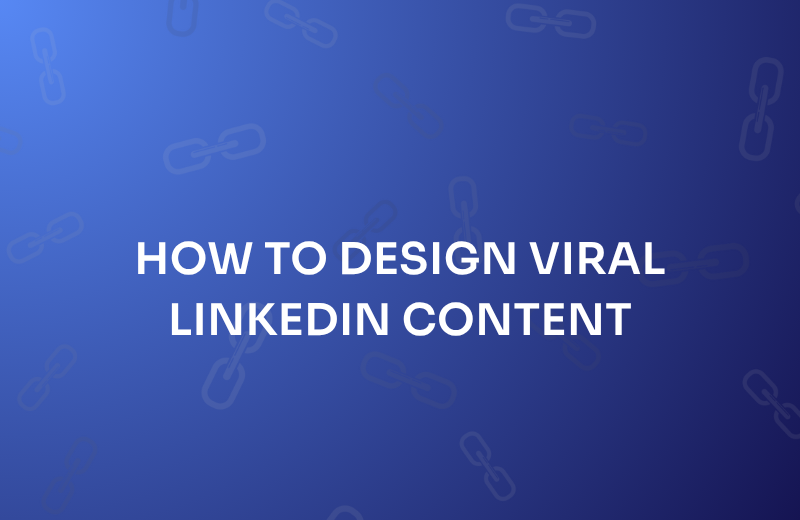
.png)
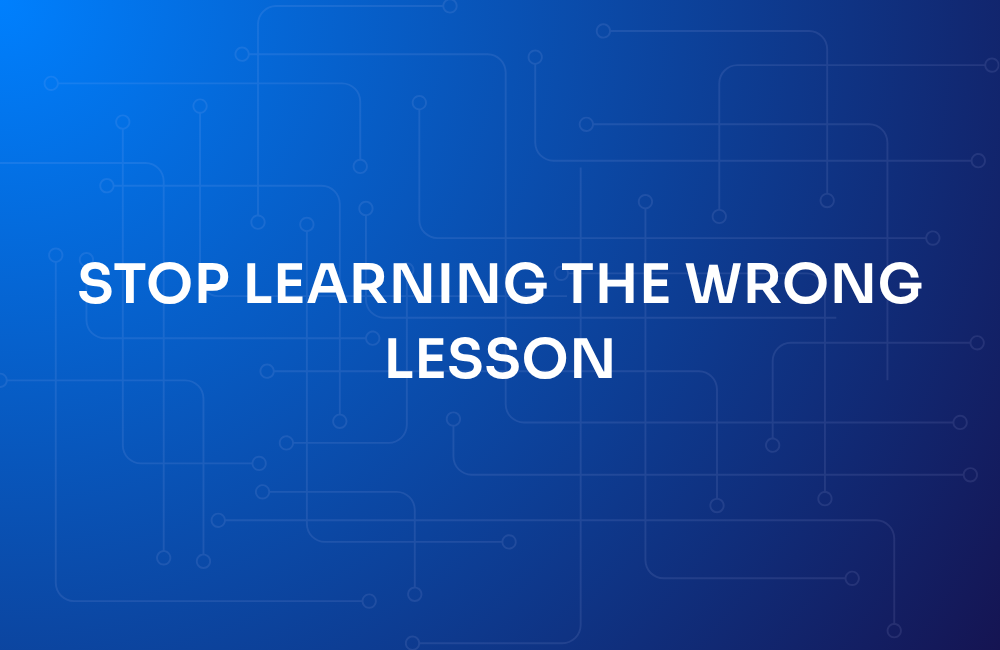
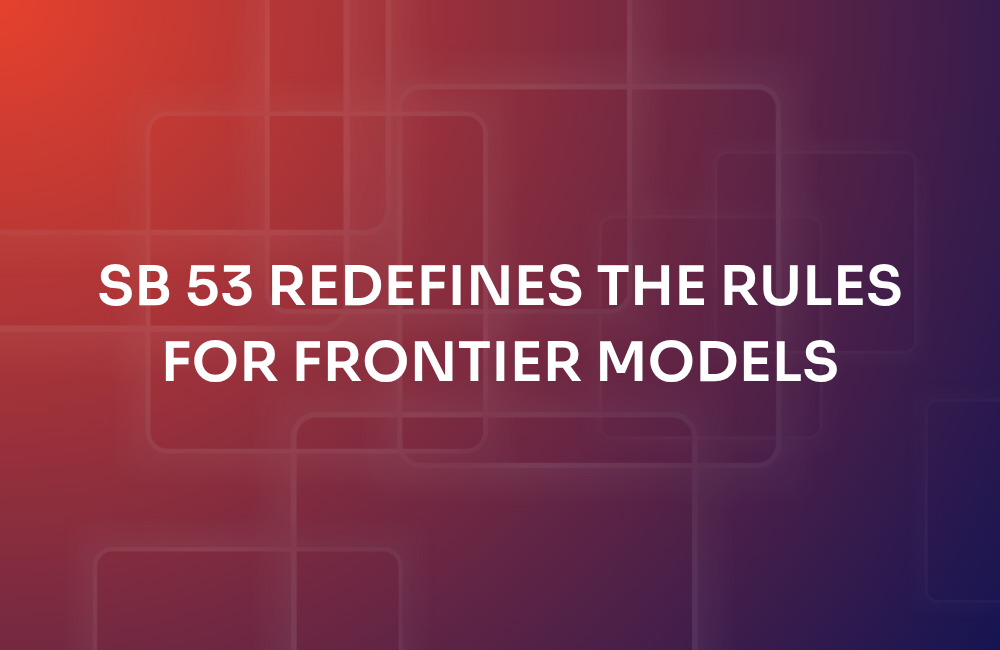

.png)
.png)
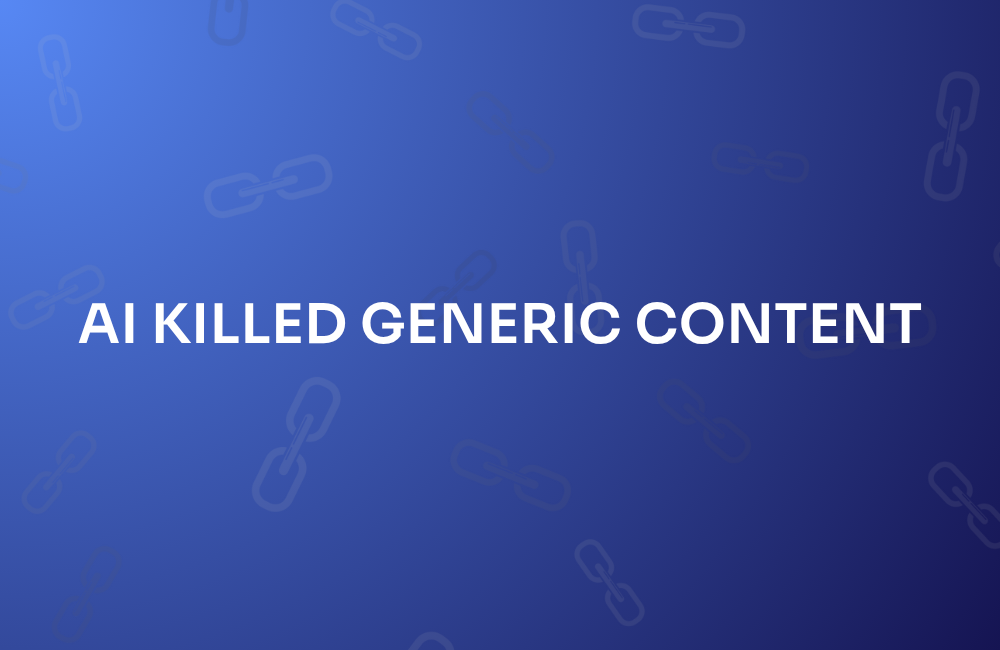
.png)
.png)
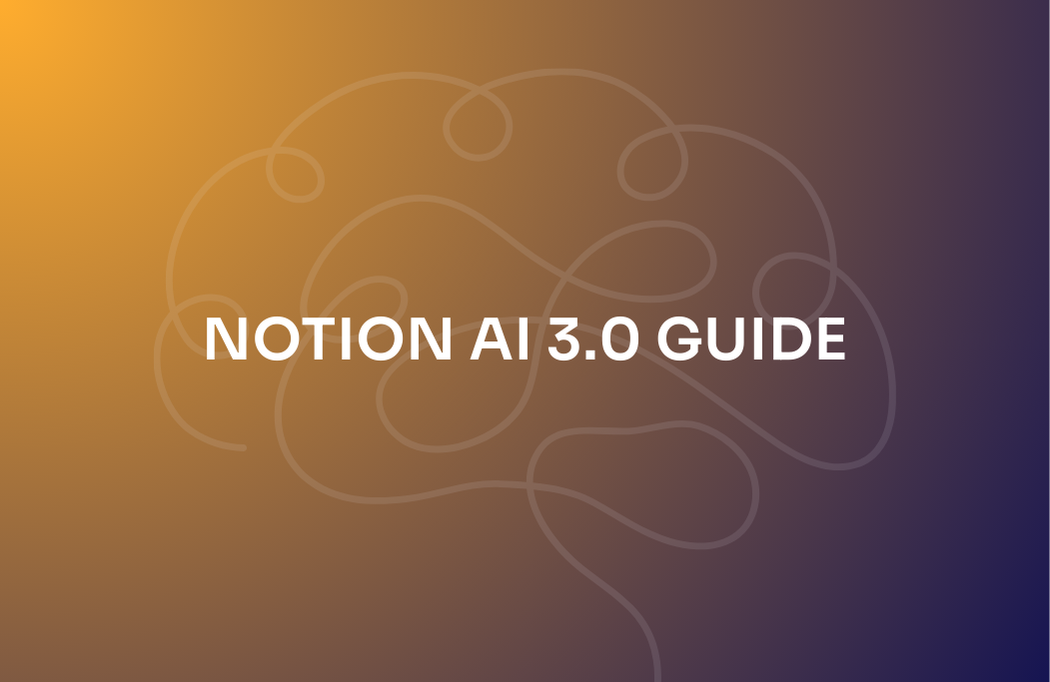
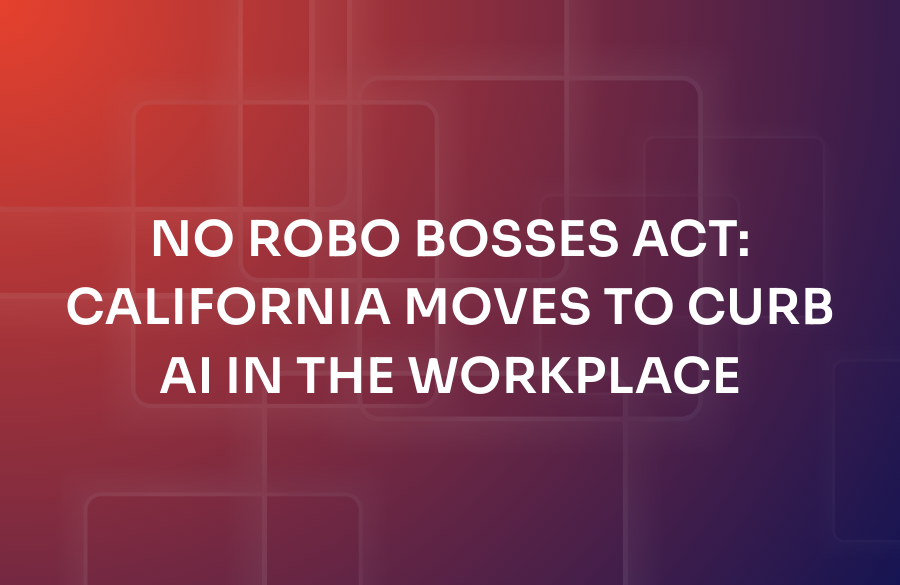
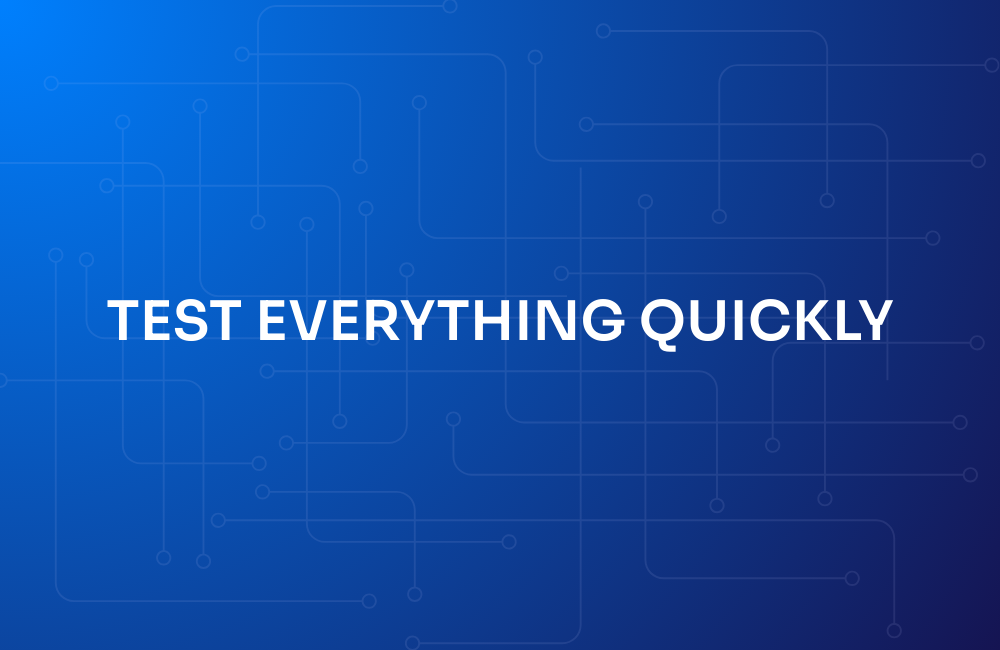
.png)
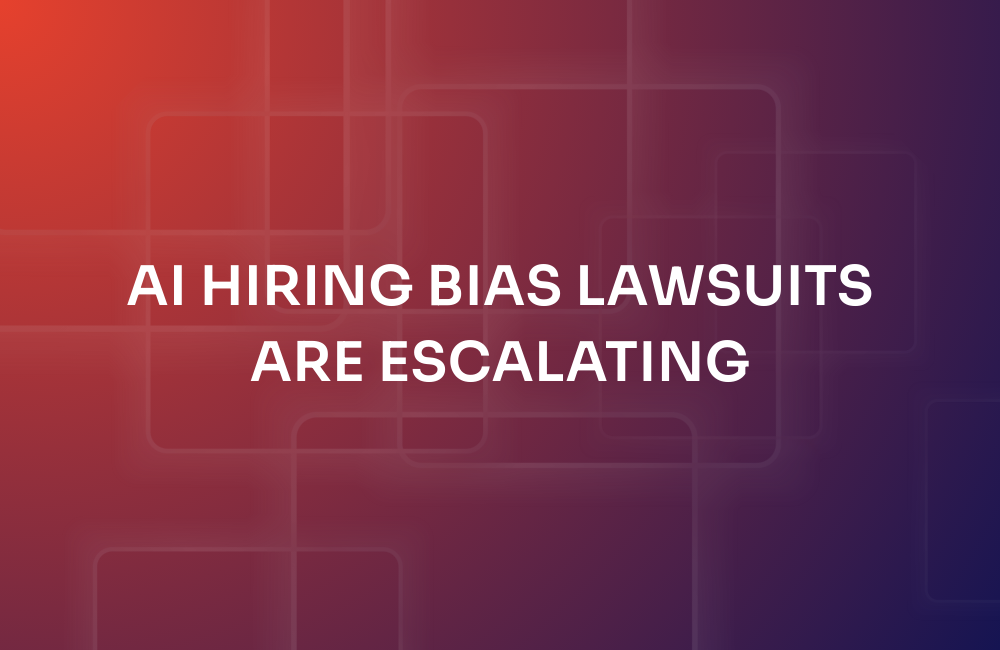
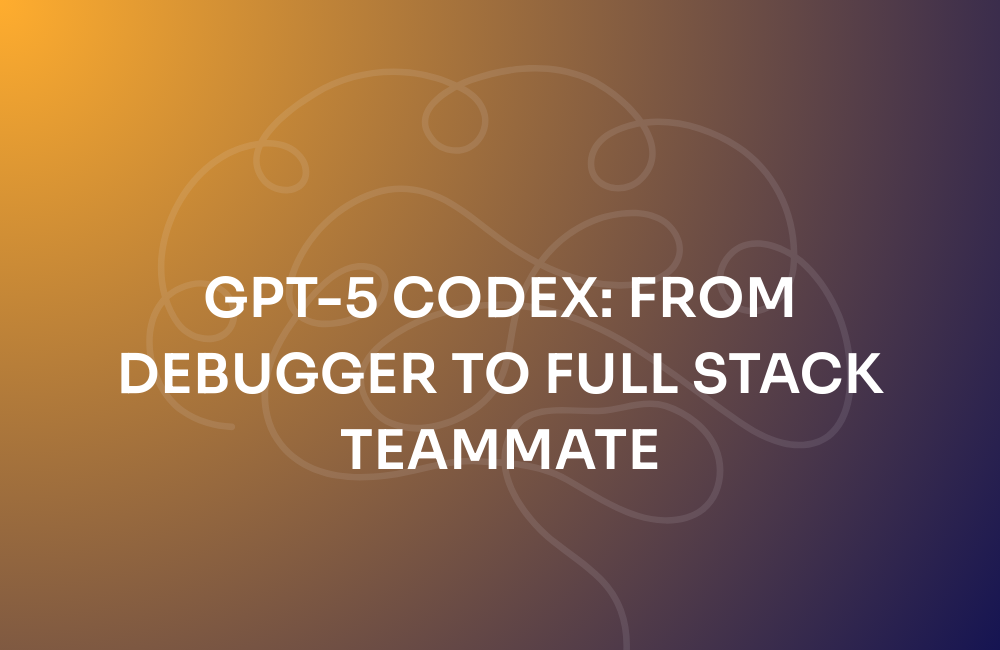
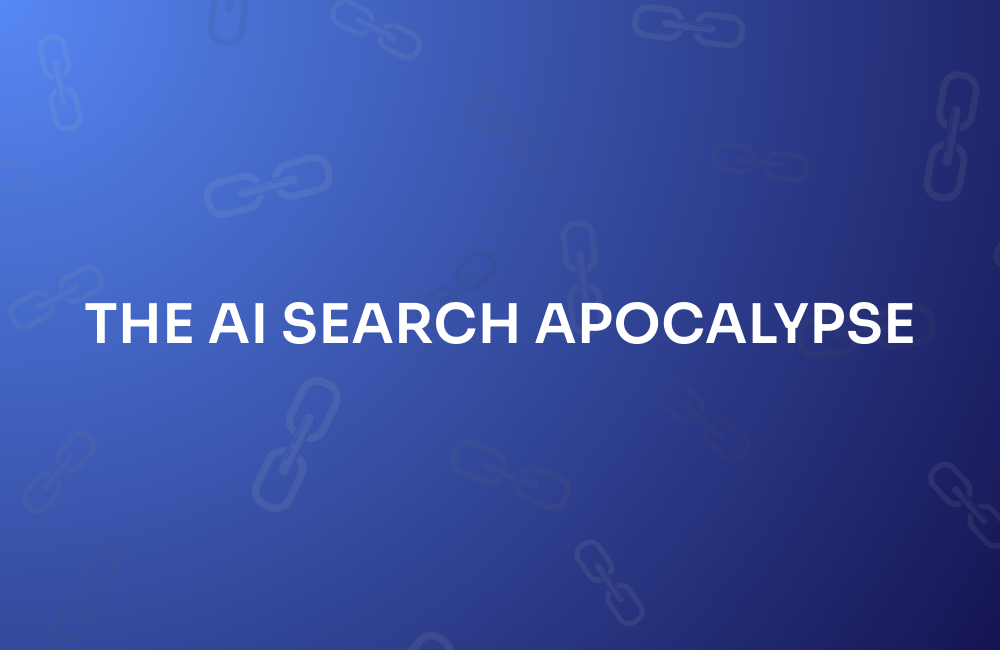
.png)
.png)
.png)
.jpg)
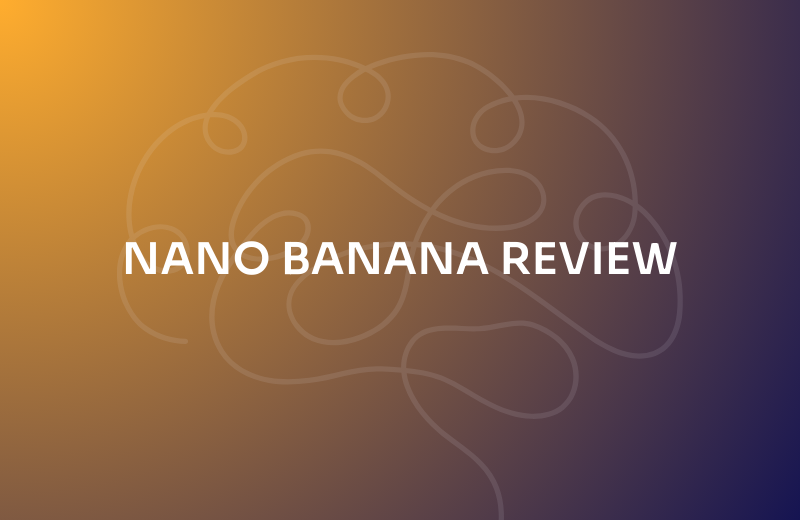

.png)
.png)
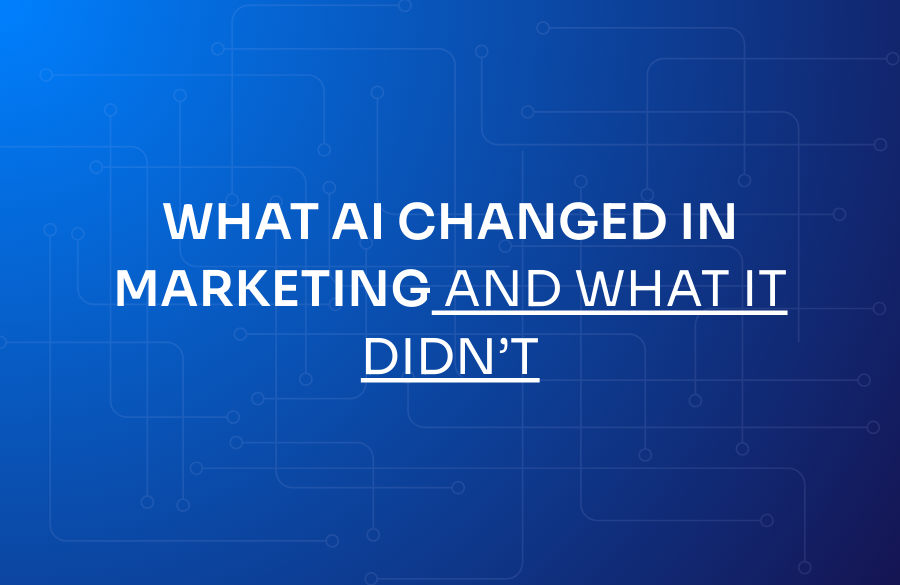
.png)

.png)
